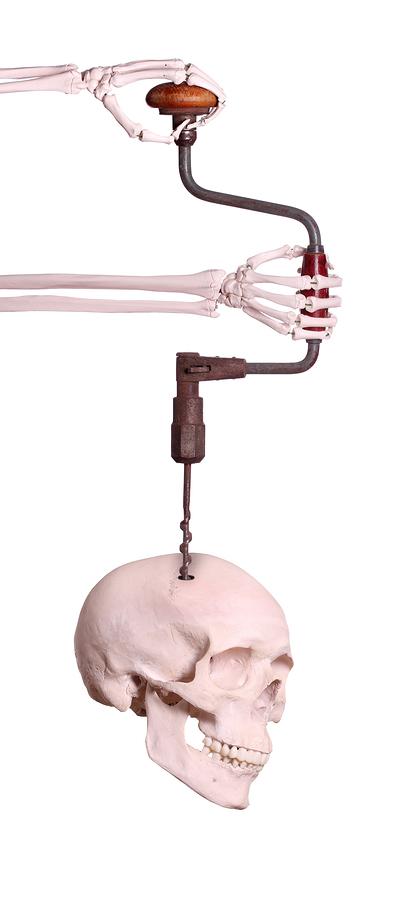Deciding to Have Orthopedic Surgery
Making the decision to undergo surgery should not be a process that is taken lightly. Before you reach a conclusion regarding a possible operation, you will have the input of several different healthcare professionals as well as your support network.
Read more
Fiber Optic Technology and Surgery

Orthopedic Bone Drilling

Through extensive research experts have determined that the best orthopedic drill is one that has a split point and a quick helix. It is important to cause as little thermal damage as possible when drilling through bone and this is a prime consideration during the design process. If the area around a drill hole experiences a dramatic rise in temperature than this can negatively affect the healing process and even cause permanent damage. Infection is another risk factor and it is known that blunt drill bits are often the culprit for this temperature increase occurring. The angle at which the drill is applied is also an essential consideration of this type of orthopedic surgery.
Read more




